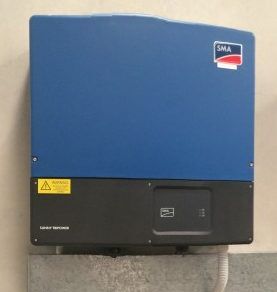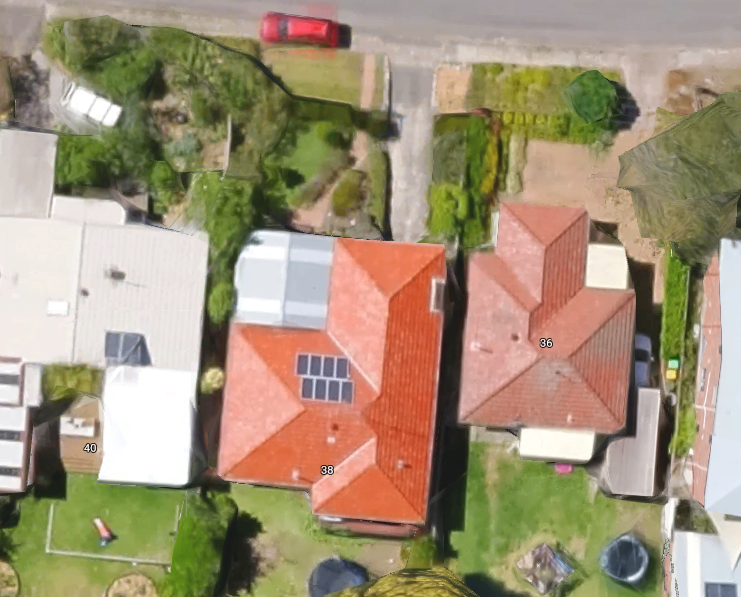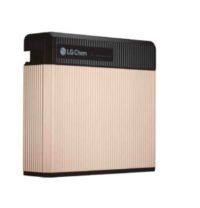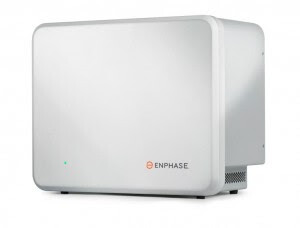Once Solar Panel System Installed Easy to Add More
Some of the most common questions we receive at Solar Choice are about adding solar panels to an existing solar PV system. This article takes a look at the situations in which you might want to add panels, and what you need to bear in mind before making a decision.
New: Check out our decision-making helper tool for expanding an existing solar system with panels/batteries!
Solar System Expansion Helper
Possible reasons for adding more panels
There are a few different reasons that someone might want to augment their solar system with more panels, and many of them overlap. We've detailed a handful of them below.
- You have an 'oversized' inverter that was installed with your original system, and you're ready to 'fill out' the remaining capacity.
- You recently lost access to a premium feed-in tariff and want more solar capacity.
- You still have free space on your roof and want to take advantage of it.
- You want to add battery storage and need extra panels to increase your energy independence.
Compare solar & battery storage quotes from installers in your area
Compare Solar & Battery Quotes
What to keep in mind when adding panels
Depending on the reason that you are adding panels, your considerations will differ. We take a look at each one in a bit more detail below.
 1. Existing, oversized inverter
1. Existing, oversized inverter
If you have an extra large inverter that was sold to you on the premise that you can 'upgrade' at some point in the future, you may have recently decided that now is the time to do so.
We should first note that inverter oversizing is not a practice that we generally recommend – mainly because adding extra panels can be tricky. Inverters will usually have one or two maximum power point tracker (MPPT) inputs. MPPTs help your inverter to squeeze the greatest possible energy production out of your solar panel strings.
If your inverter has only one MPPT input, you'll want to add panels with the same exact voltage & amperage specifications because even a small mismatch can have a significant impact on your system's energy yields. We recommend getting input from several accredited solar installers before making a decision about how to proceed.
If your inverter has multiple MPPT inputs, hopefully the installer who promised the 'upgrade-ability' of your system left one of them unused. The reason is that adding a fresh, new string of panels to your inverter is the easiest (and neatest) way to expand your system out to your inverter's full capacity, and this is only possible if you have an unused MPPT input.
How do you know if your inverter has an empty MPPT socket? Either the original installer let you know, or you can get in touch with an installer to have them check it. Or you can try your luck having a go at working it out for yourself.
Also keep in mind that if you're unable to find panels that are exactly the same as or very similar to your existing panels, the aesthetics of your roof may not be fantastic, depending on your preferences.
 2. You've just lost a premium feed-in tariff
2. You've just lost a premium feed-in tariff
Most of the solar systems installed under the generous solar feed-in tariffs of yesteryear were small because solar PV systems were expensive, and premium FiTs were necessary for them to make financial sense. Fortunately, this is no longer the case – PV system prices have come down to a point where going solar makes sense even without a strong feed-in tariff.
But most state-backed feed-in tariff programs stipulated that system owners could not expand their existing solar systems – at the risk of losing their feed-in benefits. Two of these programs – the Solar Bonus Scheme in NSW and the Transitional Feed-in Tariff in South Australia – recently concluded payments, leaving the formerly size-constrained system owners at liberty to add more solar capacity. Other state programs will end in the coming years (a full list here).
In this situation, there are several options:
- Add a brand new solar system alongside the existing one – This may be the easiest & most affordable option, especially if your existing system's inverter is still under 5 years old.
- Swap out the existing inverter* for a larger one and add more panels – Solar panels have a standard life expectancy of 25 years, while inverters generally need to be replaced by the 10th year of operation. If your inverter is over 5 years old and you have determined that you'll save more money by adding more solar panels, it might make sense to simply get rid of it early and put in a new, larger one.
- If you have an oversized inverter (as discussed above), add more panels – This option is of course only available to households with surplus inverter capacity.
- Install additional panels with microinverters – When microinverters are used, a central inverter is not required, and as few as 1 extra panel may be added. Alternatively, 'smart modules' (which are solar panels with an embedded microinverter) may be installed instead. Microinverters also offer some benefits with regard to shading, but may be more expensive on a per-panel basis than if you installed a conventional system with a central inverter.
3. Extra space on your roof
Let's say you installed your system in the last couple of years and that you do not have access to a generous, state-sponsored solar feed-in tariff. You're free to add more panels as you see fit – or as fit into your budget. In this case, your options are the same as those described above in section 2.
 4. Adding solar and batteries
4. Adding solar and batteries
More and more people are adding solar panels to their existing solar system because they also plan on adding batteries. Often, the additional solar panels and the battery bank are installed together at a package price.
When adding batteries, there is a wide variety of approaches, each of which as its own pros and cons. We've listed the main options below so that you have an idea about what to expect, but your installer/system designer might suggest something different, or a combination of the below.
- Swap out the existing inverter* with a 'hybrid' inverter and add more panels – A hybrid (or 'multi-mode') inverter can handle multiple inputs – most commonly solar and batteries. If your inverter is due for replacement, upgrading to a hybrid inverter with a larger capacity may be the easiest and most cost-effective way to add more panels and batteries.
- Replace the existing inverter* with a larger inverter, add panels & add batteries on a separate inverter – You don't need a hybrid inverter to add batteries. As an alternative, your installer can add a larger standard inverter (along with some more panels), and then bolt on batteries using a dedicated battery inverter (a 'two box' solution – although some battery products may come with a built-in inverter). While this option may be effective and viable, it may also be more expensive and less efficient than the hybrid inverter option mentioned above.
- Add a second solar PV system along with batteries – If your existing inverter is still relatively new (e.g. less than 5 years old), it might make sense for you to add a brand new solar system in parallel with your existing one. This second system could include a hybrid inverter which manages both the new solar plus the batteries, but in this case you'll want to make sure that it can 'communicate' with your old system to leverage the solar energy from both to charge the batteries. Alternatively, you could have a total of three inverters – old solar, new solar & dedicated battery – to do the same job, but this is likely to be even less cost effective.
- Add more panels with microinverters & batteries on separate inverter(s) – Another option is a modular approach using microinverters, where panels are added on as needed, each with its own small inverter. A battery bank can then be added on with its own dedicated inverter, or in the instance of an Enphase Energy microinverter system, the company's modular AC Batteries can be added one at a time to suit energy requirements and budget. Using only Enphase products will ensure their compatibility and ease of operation in the system.

- Add batteries and put the additional panels 'behind' the battery inverter – With some battery storage products it's possible to add more panels alongside the batteries, allowing the batteries to charge directly from those panels without having to pass through an inverter first, thus reducing efficiency losses. Ideally, however, you'll want to be able to harness the full power of all your solar panels, so make sure that the battery bank that you opt for can take advantage of the energy produced by your existing system as well.
Ready to shop for solar & batteries? Compare solar & battery quotes from installers in your area.
Compare Solar & Battery Quotes
*(Important: If you replace your existing inverter, the installer is legally required to upgrade the entire system to bring it up to current standards – this may incur additional costs. Additionally, some installers may decide that they do not want to take on the liability and will not undertake such upgrades.)
© 2017 Solar Choice Pty Ltd
- About
- Latest Posts
![]()
James Martin II
Contributor at Solar Choice
James was Solar Choice's primary writer & researcher between 2010 and 2018.
He is now the communications manager for energy technology startup SwitchDin, but remains an occasional contributor to the Solar Choice blog.
James lives in Newcastle in a house with a weird solar system.
![]()
hairstonblittion64.blogspot.com
Source: https://www.solarchoice.net.au/blog/add-solar-panels-existing-solar-system/
0 Response to "Once Solar Panel System Installed Easy to Add More"
إرسال تعليق